Exploring the Benefits of Split Heating and Cooling Systems for Energy Efficiency
In an era where energy efficiency and sustainability are paramount, split heating and cooling systems have emerged as a frontrunner in optimizing indoor climates while minimizing energy consumption. These systems, which separate the heating and cooling units for enhanced performance, provide numerous benefits that surpass traditional HVAC alternatives. With their ability to offer precise temperature control, improved air quality, and lower operational costs, split heating and cooling systems are revolutionizing the way we approach climate regulation in residential and commercial spaces.
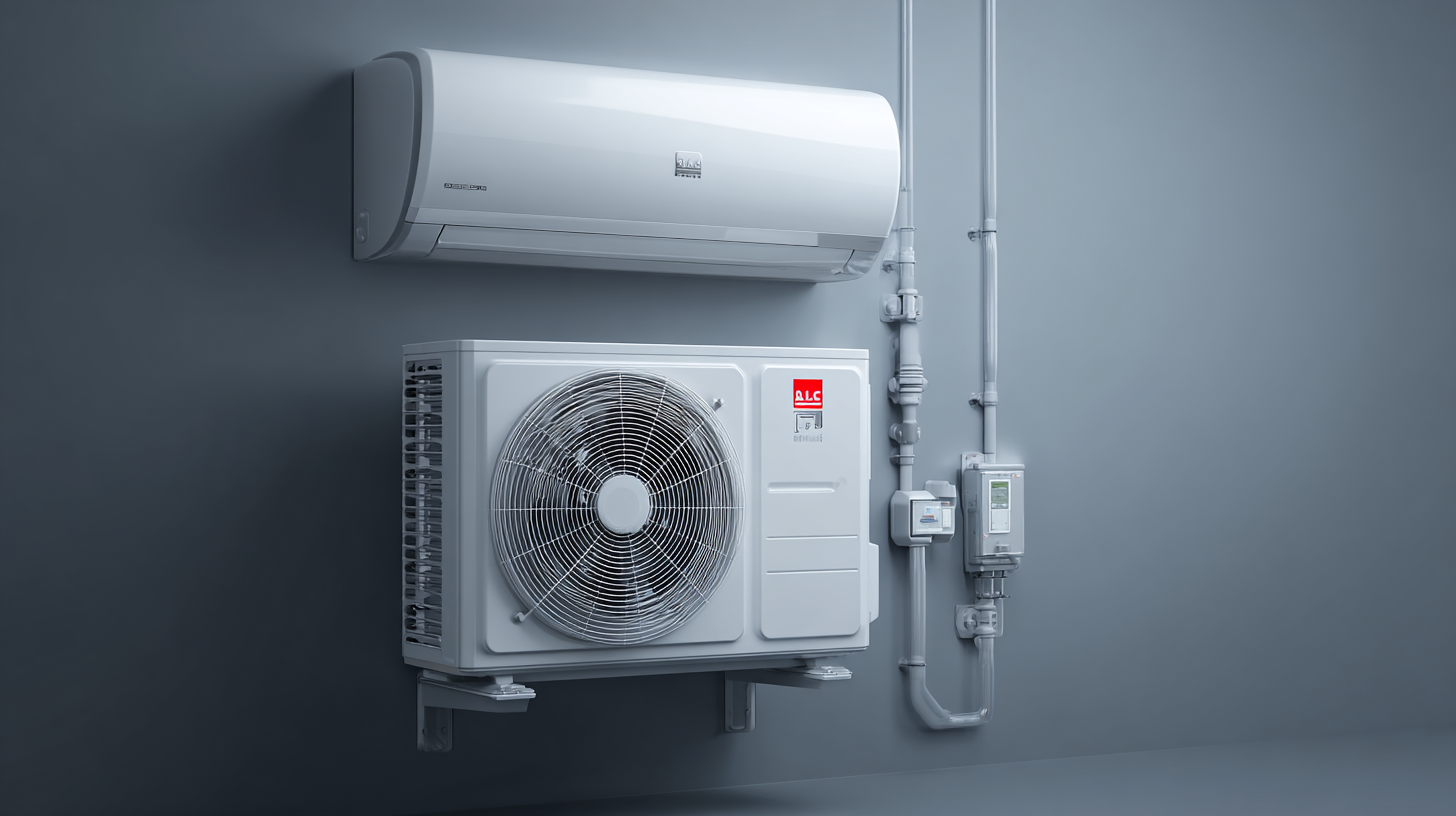
As energy prices fluctuate and environmental concerns grow, investing in these systems not only promotes a greener lifestyle but also ensures long-term savings. This article aims to delve into the various advantages of split heating and cooling systems, shedding light on their role in creating a sustainable future while enhancing overall comfort and efficiency in our living spaces.
Understanding Split Heating and Cooling Systems: An Overview
Split heating and cooling systems are becoming increasingly popular for both residential and commercial spaces due to their ability to provide efficient temperature control. Unlike traditional HVAC systems that use ductwork, split systems consist of an indoor and an outdoor unit, allowing for targeted heating and cooling. This design not only enhances comfort but also minimizes energy loss, making them a more sustainable choice.
When considering a split system, it's essential to evaluate factors such as the size of your space and the specific climate needs of your area. Make sure to consult a professional to properly size your system for optimal performance.
Tips: Regular maintenance is key to ensuring the longevity and efficiency of your split system. Clean the filters monthly and schedule a professional inspection at least once a year to keep everything running smoothly. Additionally, using programmable thermostats can further enhance energy efficiency, allowing you to adjust settings based on your schedule.
Key Advantages of Energy Efficiency in Split Systems
Split heating and cooling systems are increasingly recognized for their energy efficiency, representing a significant advancement in managing indoor climates. Unlike traditional systems, which often operate at a constant speed, split systems utilize inverter technology to adjust the compressor's speed based on real-time heating or cooling needs. This capability not only leads to reduced energy consumption but also enhances overall comfort by maintaining a consistent indoor temperature.
The key advantages of energy efficiency offered by split systems extend beyond mere operational savings. With the global shift towards sustainable energy solutions, such systems contribute to lower greenhouse gas emissions, aligning with environmental goals. The anticipated growth of the heat pump market indicates a rising demand for innovative climate control technologies, underscoring their role in achieving broader energy efficiency objectives. By embracing split heating and cooling systems, consumers can enjoy improved comfort while playing a part in the transition towards a greener future.
How Split Systems Reduce Energy Consumption and Costs
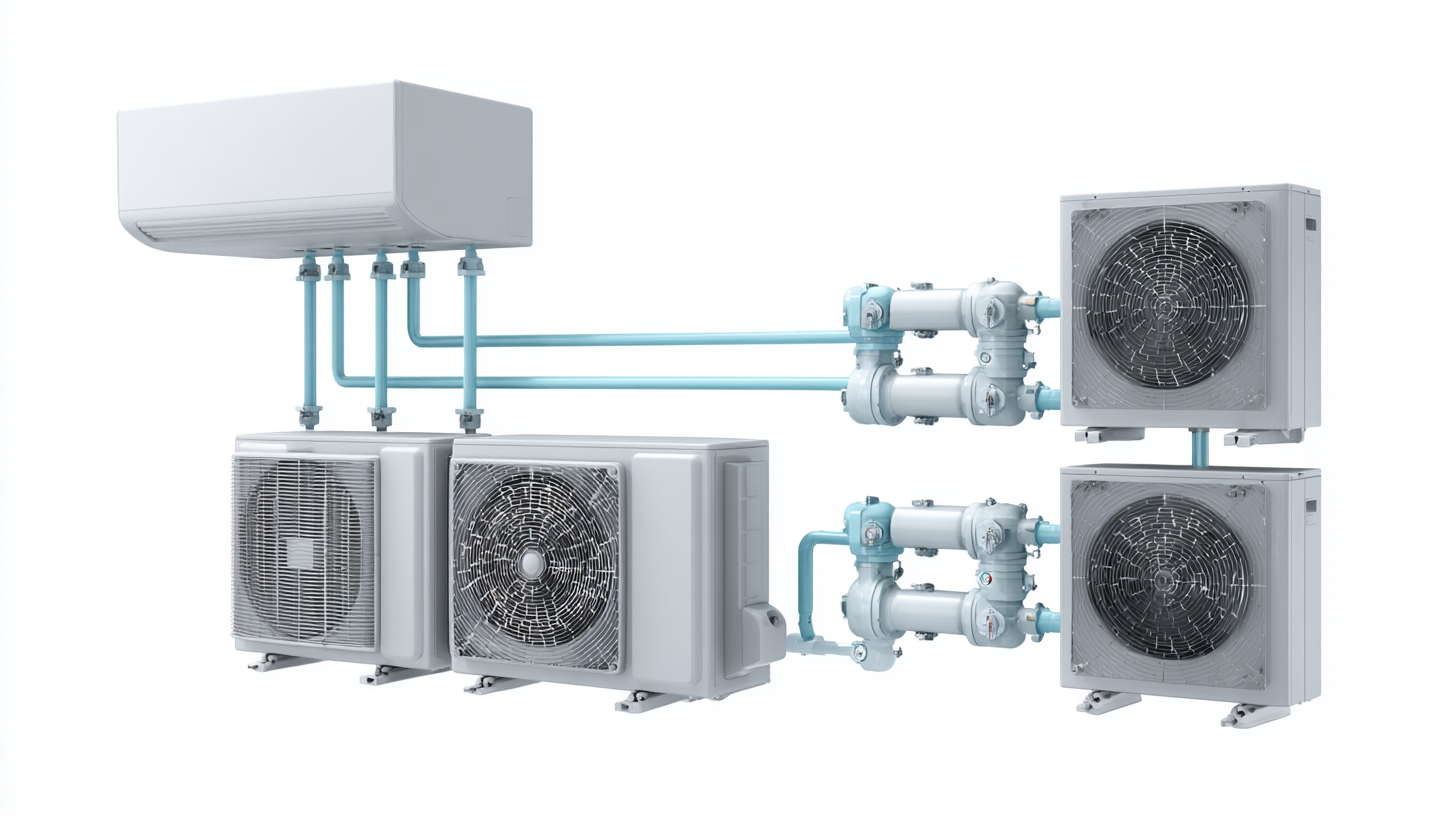 Split heating and cooling systems have emerged as a highly efficient alternative to traditional HVAC systems, particularly in terms of reducing energy consumption and costs. According to the U.S. Department of Energy, these systems can save homeowners between 20% and 60% on energy bills compared to conventional units. This is largely due to their ability to deliver localized climate control, allowing users to heat or cool only the spaces in use, rather than conditioning the entire home.
Split heating and cooling systems have emerged as a highly efficient alternative to traditional HVAC systems, particularly in terms of reducing energy consumption and costs. According to the U.S. Department of Energy, these systems can save homeowners between 20% and 60% on energy bills compared to conventional units. This is largely due to their ability to deliver localized climate control, allowing users to heat or cool only the spaces in use, rather than conditioning the entire home.
One of the key advantages of split systems is their inverter technology, which adjusts the compressor speed based on the indoor temperature required. A report by the American Council for an Energy-Efficient Economy (ACEEE) highlights that inverter-driven systems can achieve up to a 30% increase in energy efficiency compared to non-inverter models. This not only conserves energy but also translates into significant cost savings over time.
Tips: To maximize the efficiency of your split system, ensure that the indoor and outdoor units are appropriately sized for your space. Regular maintenance, such as cleaning filters and checking refrigerant levels, can further enhance performance. Additionally, utilizing programmable thermostats can optimize energy usage by adjusting temperatures according to your schedule, contributing to lower utility bills.
Comparing Split Systems to Traditional HVAC Solutions
When it comes to climate control in residential and commercial spaces, traditional HVAC systems have long been the standard. These systems typically use a central unit to heat or cool an entire area, which can lead to significant energy waste, especially in larger buildings where temperature needs vary widely from room to room. This is where split heating and cooling systems shine, offering a more targeted and efficient approach to temperature regulation.
Split systems consist of an outdoor compressor unit and one or more indoor air handling units, allowing for individual room control. This feature not only enhances comfort by catering to specific temperature preferences but also significantly reduces energy consumption. By only conditioning occupied spaces, split systems can lead to lower utility bills and a reduced carbon footprint compared to traditional systems that continuously regulate the temperature across all rooms. Additionally, since split systems often utilize inverter technology, they can adjust the compressor speed to meet precise temperature needs, which further optimizes energy efficiency and extends the lifespan of the equipment.

Tips for Optimizing Energy Efficiency with Split Heating and Cooling Systems
Split heating and cooling systems, particularly in the form of Variable Refrigerant Volume (VRV) systems, are gaining ground in the HVAC market due to their energy efficiency and flexibility. According to industry forecasts, the HVAC system market size is expected to grow from $174.58 billion in 2025 to $256.95 billion by 2032, driven by advancements in technology and rising energy costs. These systems allow for targeted heating and cooling in different zones of a building, which not only maximizes comfort but also significantly reduces energy consumption.
To optimize energy efficiency with split heating and cooling systems, homeowners and businesses can adopt several strategies. For instance, utilizing inverter technology can adjust the compressor speed to match the cooling or heating demand accurately, which improves performance by up to 30%. Moreover, regular maintenance of the outdoor and indoor units ensures they operate efficiently, reducing the necessity for excessive energy use. As the North American HVAC systems market is projected to increase from $51.61 billion in 2025 to $75.75 billion in 2032, implementing these optimization tips becomes critical not just for cost savings, but also for contributing to a sustainable future amidst growing climate concerns.
Related Posts
-
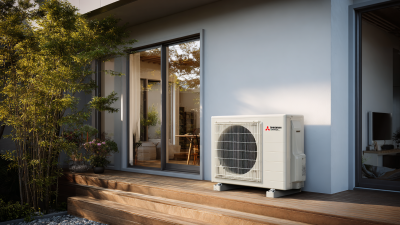
Discover How Ductless Heat Pumps Can Transform Your Home's Energy Efficiency
-
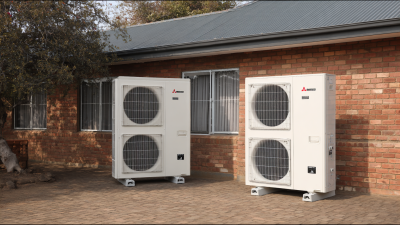
Understanding the Benefits of Split Heating and Cooling Systems for Home Comfort
-
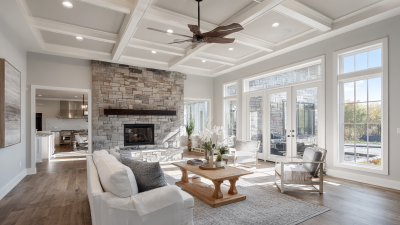
Discover How Ductless Heat and Air Systems Revolutionize Home Comfort and Efficiency
-
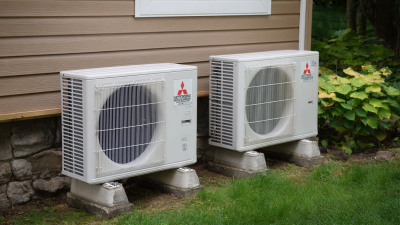
Exploring the Efficiency of Ductless Heating and Cooling Units: A Comprehensive Guide to Energy Savings and Comfort
-

How Split Heating and Cooling Systems Enhance Home Comfort Year Round
-

Maximize Your AC Efficiency with Expert Tune Up Service for Comfortable Living